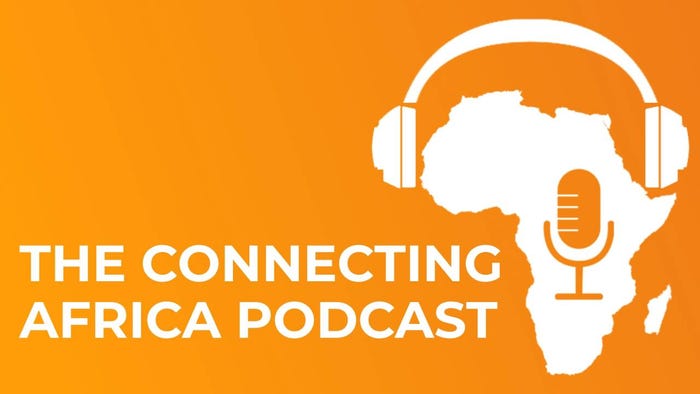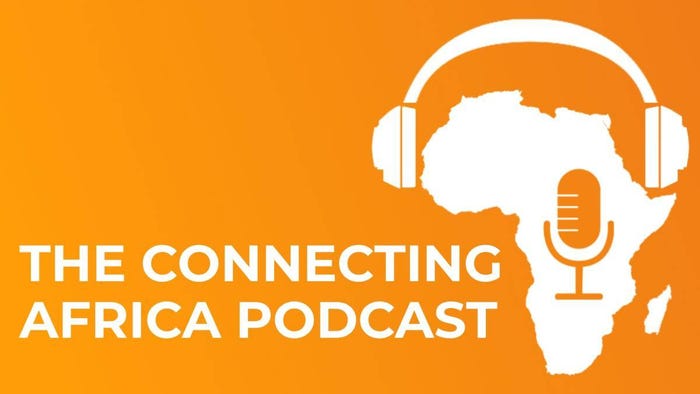SA towers hit by power cuts, theft and vandalism
Telkom SA says it could have built about 35 new basestations with the money it lost from battery theft last year, while Vodacom says it loses about $8.8 million to vandalism and theft annually.

Telkom South Africa says it could have built about 35 new basestations with the money it lost from battery theft in the past year, as local telcos struggle to keep their towers running while the country continues to have rolling blackouts, known locally as load shedding.
Telkom SA said 7,841 of its batteries were stolen in the past year and vandalism of network infrastructure also went up during blackouts.
"This vandalism destroys backup power that should keep communications active when lights go off and as a result; your productivity, connectivity and connection to those you need to be in touch with is affected," Telkom said in an emailed statement.
A Vodacom spokesperson told Connecting Africa that the operator estimates it loses over R120 million (US$8.8 million) to vandalism and theft each year. On average, Vodacom records 700 incidents of battery theft and basestation vandalism per month.
MTN says it recorded 378 incidents of theft and vandalism of MTN infrastructure in May 2021 alone, and another 312 in April. It also said copper theft is on the rise – measuring 94 incidents in May up from 63 incidents a year ago.
"Although the vandals and thieves have a direct impact on network availability and stability, load shedding and load reduction, which has increased over the past five years, has emerged as the biggest contributor to our challenges," said Ernest Paul, MTN SA general manager for network operations.
Cell C told Connecting Africa that in some regions up to 33% of its basestations had been affected by theft and vandalism in the last year. The operator also said that vandalism and theft increased by 10-15% when load shedding occurred.
Power problems
Load shedding is the deliberate shutdown of electric power in parts of the power distribution system as a way to prevent the failure of the entire system when capacity is strained.
State-owned power utility, Eskom, first came up with the system back in 2007 and since then South Africa has had to endure intermittent blackouts, usually at very short notice.
How it works differs: Suburbs are turned off at different times – for two to four hours at a time – to try manage the overall power supply in the country. The higher the load shedding "stage" the greater the number of customers without electricity across the country and also the more frequently your power will be switched off each day.
At each stage, South Africa as a whole is forced to save 1,000 megawatts of power, so at Stage 2 the grid "sheds" 2,000MW of power and Stage 6 pushes that up to 6,000MW. If the system was to reach Stage 8 – the highest Eskom has planned for – it would mean that all South Africans would only have power for 50% of the day.
The country was on Stage 4 earlier in the week, but on Friday it was back down to Stage 2, which was expected to continue throughout the weekend.
In 2021, SA has already experienced almost 600 hours of load shedding, with the first two weeks of June hard hit by power cuts as SA heads into the heart of the winter season.
The cost of power cuts
"Vodacom spends significant amounts on backup power solutions such as diesel generators and batteries to maintain power to our sites," the spokesperson said.
In fact in 2020, over a period of only six months, Vodacom spent R1 billion ($73.6 million) on batteries to keep its network operational during load shedding.
"The cost to maintain and replace stolen batteries runs into the hundreds of millions [of rands] annually," a Cell C spokesperson added.
"What must also be taken into account are the associated costs that are created when a battery is stolen. It's the cost of repairing the infrastructure and the resources required to do that; the cost of transporting a generator and the diesel to run it; it's the revenue losses generated if a site is completely offline. It is a significant problem," Cell C said.
Cell C would not divulge how much it spends annually on backup power for basestations but said that backup generators are primarily assigned to basestations where there is a high volume of traffic and it's not possible to get generators to all load shedding-affected areas.
Cell C will not have to carry the cost of backup power for towers for much longer as it moves forward in its strategy to sell its tower infrastructure and become a wholesale aggregator and buyer of capacity.
It is in the process of decommissioning its physical RAN which includes the towers, basestations, antennae, radio and transmission equipment over the next 36 months, and customers will then roam on partner networks through a virtual RAN network.
"With this model ... going forward Cell C will not be burdened with requirements of maintaining and securing the network sites, especially during load shedding, as this forms part of the infrastructure managed by a partner network," Cell C's spokesperson said.

Over a period of six months, Vodacom spent R1 billion ($73.6 million) on batteries to keep its network operational during load shedding.
Network down
Customers often complain that cell networks go down during load shedding and Vodacom explained that a tower can only remain fully functional for as long as the batteries last or the backup generator keeps running.
"Vodacom is aware that customers experience issues connecting to the network because of load shedding. Our towers use batteries as a backup but these have limited power and will eventually fail.
"When load shedding occurs, once power is fully depleted, the tower stops working entirely and, depending on the configuration of nearby towers, may cause a coverage area to blackout entirely or for customers to experience intermittent service," Vodacom said.
MTN added that continuous rounds of load shedding place network availability under increased strain because, while batteries have a capacity of 6-12 hours, the backup system generally needs about 12-18 hours to recharge. This is often not possible when another power cut hits within that timeframe.
"Constant outages have a direct impact on the performance of the batteries, while theft of the batteries themselves means replacements need to be installed," Paul explained.
"Battery autonomy, therefore, remains one of the biggest pillars of resilience followed by the infrastructure security to protect the batteries and other equipment that form part of our network infrastructure," he said.
"There is a knock-on effect that lingers after the period of load shedding. In some cases, transformers at substations trip and require Eskom manpower to bring those back online, extending the period without power. Additionally, electricity surges when power returns on may mean that equipment at base stations are affected and need to be replaced or rebooted before those sites can be restored," added Cell C.
Want to know more about connectivity in Africa? Check out our dedicated Connectivity content channel here on Connecting Africa.
Vodacom said that if your nearest cell tower with the strongest signal – your primary cell – goes down, you could then be connected through "signal spillage" from a secondary cell.
"In this instance, as the customer is on the edge of that cell, network service deteriorates and can result in intermittent service. Naturally, if both the primary and neighboring secondary cells are powerless, there is no signal at all."
Network service quality also starts degrading if more people connect to the sites which are still up – in other words, the number of mobile subscribers would stay the same, but the number of working sites would be reduced.
— Paula Gilbert, Editor, Connecting Africa


_(1).jpg?width=700&auto=webp&quality=80&disable=upscale)
.jpg?width=700&auto=webp&quality=80&disable=upscale)
.jpg?width=700&auto=webp&quality=80&disable=upscale)


.jpg?width=700&auto=webp&quality=80&disable=upscale)

